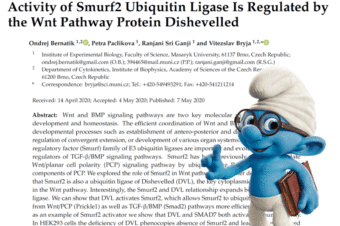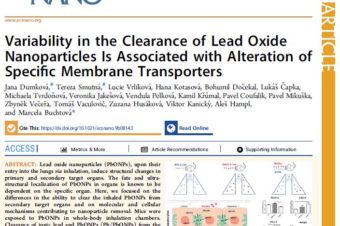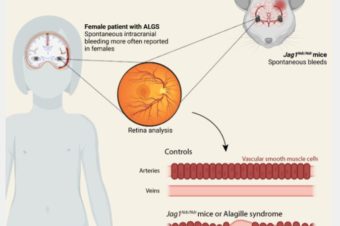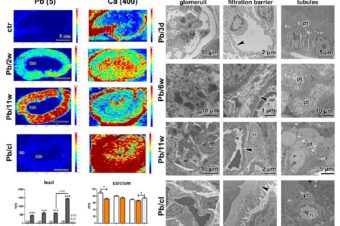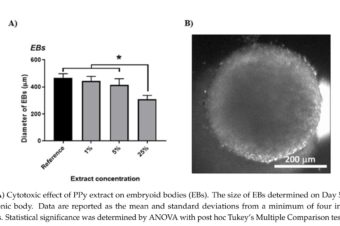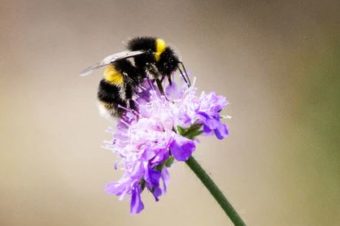Dietary supplementation with polyunsaturated fatty acids (PUFA) n-3 can affect cutaneous wound healing; however, recent findings demonstrate the variable extent of their influence on the quality of healing.
Here, we compare the effect of several dietary oils, containing different levels of PUFA n-3 and PUFA n-6, on wound healing in the rat model. Rats were fed the feed mixture with 8% palm oil (P), safflower oil (S), fish oil (F) or Schizochytrium microalga extract (Sch) and compared to the animals fed by control feed mixture (C).
Dorsal full-thickness cutaneous excisions were performed after 52 days of feeding and skin was left to heal for an additional 12 days. Histopathological analysis of skin wounds was performed, including immune cells immunolabeling and the determination of hydroxyproline amount as well as gene expression analyses of molecules contributing to different steps of the healing. Matrix-assisted-laser-desorption-ionization mass-spectrometry-imaging (MALDI-MSI) was used to determine the amount of collagen α-1(III) chain fragment in healing samples.
Treatment by Schizochytrium extract resulted in decrease in the total wound area, in contrast to the safflower oil group where the size of the wound was larger when comparing to control animals. Diet with Schizochytrium extract and safflower oils displayed a tendency to increase the number of new vessels. The number of MPO-positive cells was diminished following any of oil treatment in comparison to the control, but their highest amount was found in animals with a fish oil diet. On the other hand, the number of CD68-positive macrophages was increased, with the most significant enhancement in the fish oil and safflower oil group. Hydroxyproline concentration was the highest in the safflower oil group but it was also enhanced in all other analyzed treatments in comparison to the control. MALDI-MSI signal intensity of a collagen III fragment decreased in the sequence C > S > Sch > P > F treatment.
In conclusion, we observed differences in tissue response during healing between dietary oils, with the activation of inflammation observed following the treatment with oil containing high eicosapentaenoic acid (EPA) level (fish oil) and enhanced healing features were induced by the diet with high content of docosahexaenoic acid (DHA, Schizochytrium extract).
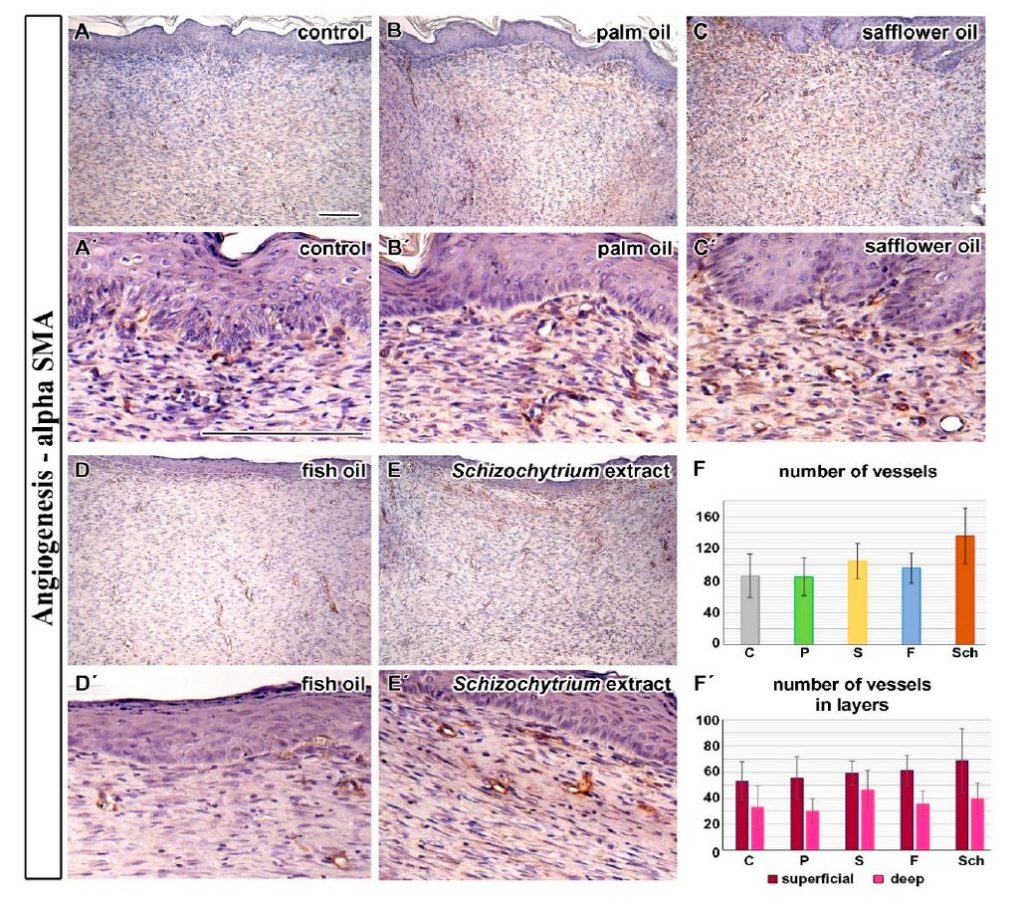
Immunohistochemical labeling of vessels by alpha-SMA. (A–E,A’–E’): Vessels were visualized by immunohistochemical labeling of alpha-SMA in individual treatments: control (C), palm oil (P), safflower oil (S), fish oil (F), and Schizochytrium extract (Sch) treated animals were analyzed 12 days after skin excision. (F): The number of vessels quantified on 10 histological sections for each treatment. (F’): The number of vessels separately in the superficial and deep layer of the skin based on immunohistochemical labeling of alpha-SMA. Average values and standard deviations are displayed in both graphs. Differences were not statistically significant (unpaired t-test; n = 10). Scale bar = 100 µm.
